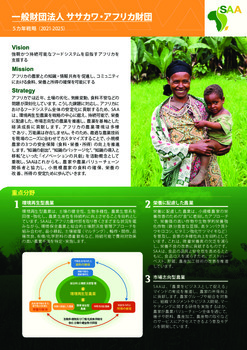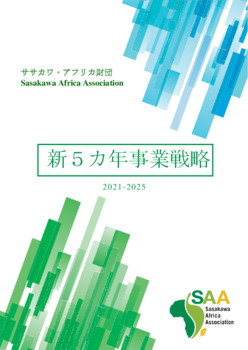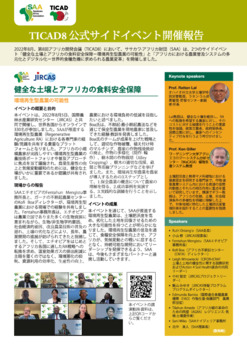書籍・報告書 検索
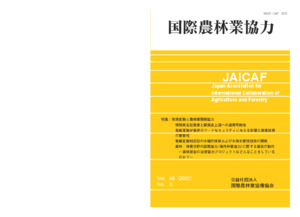
書籍・報告書 / 論文
「環境再生型農業と開発途上国への適用可能性」(『国際農林業協力』Vol.45 (2022), No.3 通巻204号 掲載)
January.26.2023
(公社)国際農林業協働協会(JAICAF)が発行する『国際農林業協力』に、東京農業大学名誉教授で日本財団の参与を務める板垣啓四郎先生が、環境再生型農業とその途上国への適用可能性にかかる論考を寄稿されました。当財団が、アフリカ型の技術確立と普及においてさまざまなパートナーと連携し活動している点についても触れて頂いています。
『国際農林業協力』Vol.45 (2022), No.3 通巻204号 特集:気候変動と農林業開発協力
「環境再生型農業と開発途上国への適用可能性」 (執筆:東京農業大学 名誉教授 板垣啓四郎)
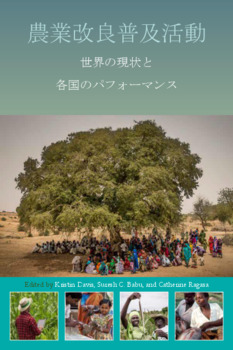
書籍・報告書 / その他
「農業改良普及活動~世界の現状と各国のパフォーマンス」(2020年, IFPRI刊行)邦訳版
December.13.2022
世界の農業普及システムの現状と今後について国際食糧政策研究所(IFPRI)が2020年にとりまとめた論文“Agricultural Extension - Global Status and Performance in Selected Countries”の邦訳版(第2部 第4~8章の各国編を除く)を、日本財団参与の板垣啓四郎氏(東京農業大学名誉教授)に監修いただき、制作いたしました。
